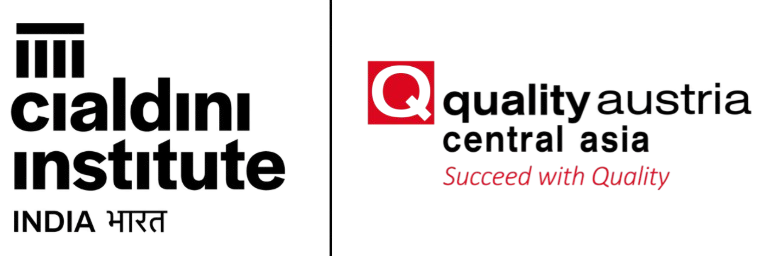The Hidden Cost of Influence: Why Cialdini’s Principles Demand Ethical Use
I am a firm believer in Dr. Robert Cialdini’s seven universal principles of influence. His work provides an invaluable map for understanding human behavior and persuasion.
Cialdini’s journey into the psychology of influence began over four decades ago, sparked by his own experience of being exploited by unscrupulous sales professionals. Determined to understand what shaped his actions, he went undercover, ultimately revealing the profound truths behind his bestselling books.
Despite his meticulous research and decades of advocating for the positive, ethical use of these principles, there’s persistent, often ill-informed, criticism. Some mistakenly believe Cialdini is merely teaching the world how to manipulate others. This couldn’t be further from the truth. In fact, Cialdini is our most powerful warning: the dangers of using his principles the wrong way are ominous.
Influence in Organizations: The Ethical Imperative
In the organizational world, influence is a manager’s most effective tool for driving action, collaboration, and value creation. Using Cialdini’s principles ethically is the foundation of Trust, the single most vital ingredient for an organization’s success and prosperity. An ethical environment cultivates teamwork, synergy, and true collaboration—it defines “what it feels like working here.”
But what happens when influence is weaponized? What are the consequences when an organization, or its leadership, uses the principles unethically?
Dr. Cialdini’s research on organizational dishonesty (or malfeasance) provides a sobering answer.
He argues that while a company might see a short-term bump in profits from dishonest tactics—whether aimed at customers, suppliers, or even its own employees—these incorrect practices activate social psychological processes that lead to ruinous long-term outcomes.
The “Triple Tumor Structure” of Organizational Dishonesty
Cialdini describes these costly consequences as a “triple tumor structure,” a set of “hidden costs” that spread like a malignancy, steadily eating away at an organization’s health and vigor. These costs are particularly dangerous because they are difficult to uncover using typical accounting controls.
Tumor 1: Reputation Degradation
The most visible, yet often underestimated, consequence is a complete loss of trust and a resulting reputational disaster.
Once dishonesty is discovered in one area—whether it’s a deceptive sales tactic (Scarcity) or a fabricated testimonial (Social Proof)—it is immediately perceived as a core trait of the entire organization. Stakeholders, including customers and partners, quickly lose trust, leading to an inevitable loss of business. The damage is profound and often irreparable.
Tumor 2: Mismatch with Employee Values
When an organization encourages or even tolerates external dishonesty, it forces a direct and toxic conflict with the personal values of ethical employees. This values mismatch has devastating internal effects:
- Stress and Low Job Satisfaction: The most competent and principled employees suffer the greatest psychological strain.
- Increased Absenteeism: Employees emotionally and physically withdraw from the conflicting, toxic climate.
- High Employee Turnover: Ethical employees ultimately choose to escape the stressful, conflicting environment, leading to the loss of your best talent and massive replacement costs.
Tumor 3: Increased Internal Malfeasance (Employee Fraud)
This is the most insidious consequence. An unethical work climate—by modeling dishonest practices and implicitly signaling that “cheating is acceptable”—creates an organizational “natural selection.”
Ethical employees leave, and those comfortable with dishonesty are retained. This skewed culture then encourages these individuals to turn their opportunistic behaviors inward, resulting in:
- Employee Theft (pilferage, inventory shrinkage).
- Fraud and Kickbacks with vendors.
- Counterproductive Work Behaviors, such as sabotaging equipment or deliberately slowing down productivity.
Choose Ethical Influence for Sustainable Success
Cialdini’s message is clear: The principles of Reciprocity, Liking, Unity, Social Proof, Authority, Consistency and Scarcity, are tools. Used correctly—honestly, and with integrity—they are powerful engines for creating genuine relationships and sustainable, long-term success. Used unethically, they become a self-inflicted wound that poisons the entire organization.
As a manager or leader, which path will you choose to influence your team and your stakeholders?


